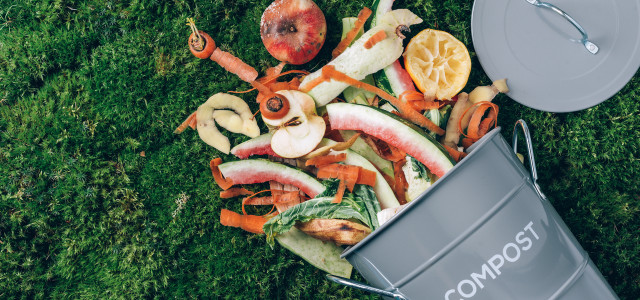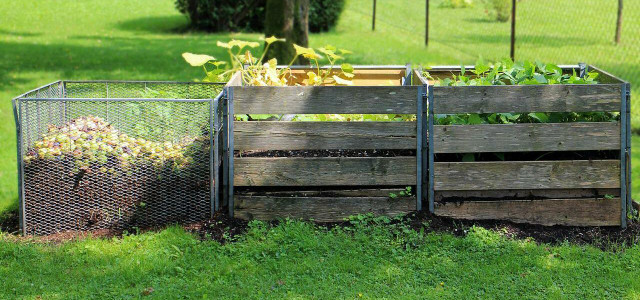Bokashi composting is a unique way to deal with leftover food waste. We’ll take a closer look at this practice so you can figure out if it’s right for you.
Traditional composting is a common practice in eco-friendly households that are looking to reduce the amount of waste sent to landfill and increase the nutrients in their home garden soil. There are multiple benefits of composting, and also various methods. We’ll take a look at one of the most unique — bokashi composting.
Tip: Not everything can be composted — learn what you can compost and what you can’t before diving into the beneficial practice.
What Is Bokashi Composting?
The Japanese word bokashi means “fermented organic matter”, which is the core of the composting method developed in the 1980s by Dr. Tuero Higa. Also known as fermented compost or bokashi fermentation, bokashi composting is unique in that it involves injecting a special bacterium into your compost instead of relying on traditional decomposition. The resulting fermented matter can be added directly to the soil to improve soil texture and add plenty of nutrients for plants.
Wondering how the process works and how fermented matter can benefit your soil? Let’s take a closer look at bokashi composting.
How Bokashi Composting Works
The bokashi composting method involves layering leftover food waste — including meat and dairy — in an airtight bucket with a Bokashi inoculant. This inoculant is made up of equal parts anaerobic microbial inoculants and high-nutrition carbohydrate-rich foodstuffs, generally in the form of wheat germ/bran with effective microorganisms (EM).
The special bucket also features a spigot at the bottom to drain off the liquid — or bokashi tea — that is produced. This is a necessary step to prevent the bucket from developing a bad odor and has the added benefit of making great homemade plant food.
Once your food scraps and inoculant are layered together in the bucket, ensure it’s sealed tightly and stored out of direct sunlight — the ideal storage temperature range is from 68 to 77 degrees Fahrenheit. It will take as little as 14 days for the fermentation mixture to be ready to add to your traditional compost bin or dug into compost trenches in your garden.
Pros and Cons of This Method
Now that you understand how the process works, let’s take a look at the positives and negatives of this composting method.
Pros of bokashi composting
- Allows you to compost meat and dairy scraps
- Provides a nutritious bokashi tea to use as homemade plant food
- Can be done in a small space, making it ideal for composting in an apartment
- Fermented material can be buried in compost trenches in a garden or added to a vermicomposting bin — composting with the help of certain species of worms.
- Speeds up the process of extracting nutrients from food scraps compared to traditional composting.
- Local, sustainable and low-carbon way of adding nutrients to your soil.
Cons of bokashi composting
- Requires special equipment including a bucket and inoculate which can be difficult to source
- The resulting product can’t be applied to the surface of your garden as mulch
- Must be buried in trenches or added to a traditional compost pile
- Only works for food waste and doesn’t allow for composting grass clippings, composting leaves or other yard waste
- Can smell if not handled correctly
Step-by-Step Instructions
If you want to try bokashi composting yourself at home, you can use the following step-by-step instructions:
- Purchase a bokashi bin or make one yourself using two five-gallon plastic buckets with lids and a drill. The container you use needs to be airtight.
- Source or make your own bokashi bran — a mixture of sawdust and bran that’s been inoculated with effective microorganisms.
- Add organic waste to your bin.
- Sprinkle a layer of bokashi bran over the organic waste after each new addition.
- Let the mixture sit and allow it to ferment. Seal the bin and leave it for two weeks without opening it — otherwise, the anaerobic process will be affected.
- Pour out the bokashi tea and use it as fertilizer.
- Bury the leftover waste in your garden to reap the nutrients and beneficial microorganisms or add it to a preexisting compost pile.
Read more:
- Is “No Dig” Gardening the Veggie-Growing Method for You?
- Cold Composting 101: How to Get Started
- Biomass Fuels: Pros and Cons
Do you like this post?








